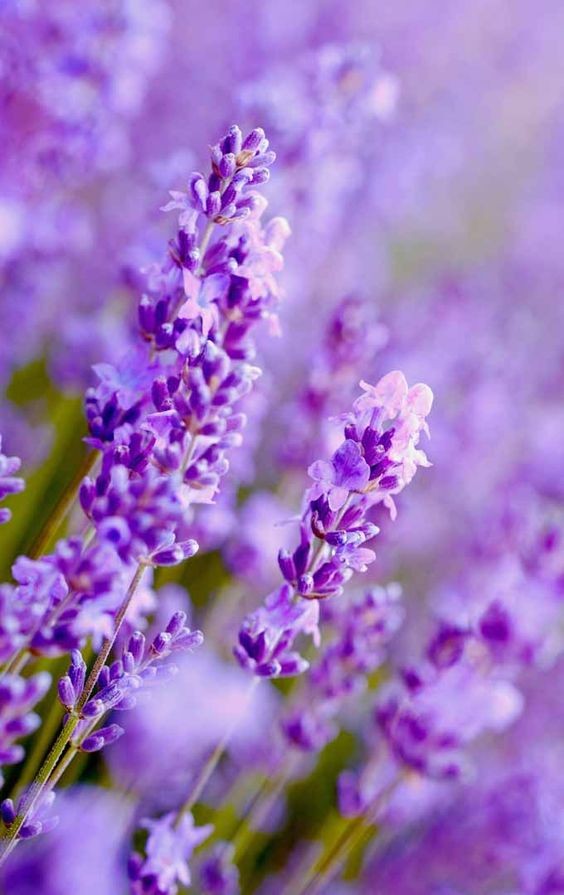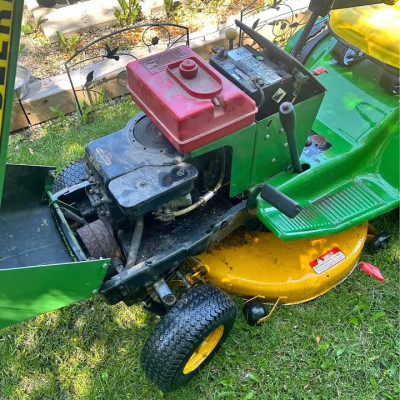Planting and Growing Lavender: Essential Tips for Gardeners
Lavender, with its fragrant blooms and versatile uses, is a beloved addition to any garden. Whether you're a seasoned gardener or a novice, cultivating lavender can be a rewarding experience. In this article, we'll delve into the essential tips and techniques for successfully planting and growing lavender, ensuring vibrant blooms and aromatic beauty in your garden.
Choosing the Right Variety
Before diving into planting lavender, it's important to select the right variety for your climate and garden conditions. Some popular lavender varieties include:
English Lavender (Lavandula angustifolia): Known for its sweet fragrance and compact growth habit, English lavender is ideal for borders and containers. It thrives in Mediterranean climates with well-drained soil and full sun.
French Lavender (Lavandula stoechas): Characterized by its showy flower heads topped with colorful bracts, French lavender prefers warmer climates and well-drained soil. It adds a touch of Mediterranean charm to gardens and is often used in rock gardens or as edging plants.
Spanish Lavender (Lavandula dentata): Recognized for its toothed leaves and aromatic foliage, Spanish lavender thrives in hot, dry conditions and well-drained soil. It produces striking purple blooms that attract pollinators.
Ideal Growing Conditions
Lavender thrives in sunny, well-drained soil that is slightly alkaline. Here are some essential tips for creating the ideal growing conditions:
Sunlight: Plant lavender in a location that receives full sun (at least 6-8 hours of sunlight per day). Insufficient sunlight can lead to leggy growth and reduced flowering.
Soil: Ensure the soil is well-drained, as lavender is susceptible to root rot in waterlogged conditions. Sandy or gravelly soil with good drainage is ideal. If your soil is heavy or clay-like, amend it with sand or gravel to improve drainage.
Watering: Lavender is drought-tolerant once established. Water newly planted lavender regularly to establish roots, but reduce watering once the plant is established. Allow the soil to dry out between waterings to prevent root rot.
Spacing: Space lavender plants 12-18 inches apart to allow for good air circulation and prevent fungal diseases. Proper spacing also ensures that each plant receives adequate sunlight and nutrients.
Planting Lavender
Follow these steps to plant lavender successfully:
Prepare the Soil: Amend the soil with compost or well-rotted manure to improve fertility and drainage.
Dig Planting Holes: Dig holes slightly larger than the root ball of the lavender plant.
Planting Depth: Place the lavender plant in the hole, ensuring that the top of the root ball is level with the surrounding soil.
Backfill and Water: Backfill the hole with soil and water thoroughly to settle the soil around the roots.
Mulch: Apply a thin layer of mulch around the base of the plant to retain moisture and suppress weeds. Avoid mulching directly against the stems to prevent rot.
Care and Maintenance
To ensure healthy growth and abundant blooms, follow these care tips for lavender:
Pruning: Prune lavender annually in early spring to promote new growth and maintain a compact shape. Remove spent flowers and trim back about one-third of the plant's height.
Fertilizing: Lavender is a light feeder and typically does not require heavy fertilization. Apply a balanced fertilizer sparingly in early spring if the soil is poor or lacking in nutrients.
Pest and Disease Control: Lavender is generally resistant to pests and diseases. However, keep an eye out for aphids, spider mites, and fungal diseases in humid conditions. Use organic pest control methods as needed.
Harvesting Lavender
Harvest lavender blooms for culinary, medicinal, or aromatic purposes:
Timing: Harvest lavender when the flowers are in full bloom, just before they begin to fade.
Cutting: Use sharp scissors or pruning shears to cut lavender stems just above a set of leaves.
Drying: Hang lavender bundles upside down in a dry, well-ventilated area out of direct sunlight. Once dry, store the dried lavender flowers in airtight containers for later use.
Conclusion
Growing lavender can be a fulfilling experience, rewarding gardeners with fragrant blooms and versatile uses. By selecting the right variety, providing ideal growing conditions, and following proper planting and care techniques, you can enjoy the beauty and benefits of lavender in your garden year after year. Whether you're creating a lavender hedge, adding fragrance to your landscape, or harvesting blooms for crafts and culinary delights, lavender is a versatile and delightful addition to any garden.






